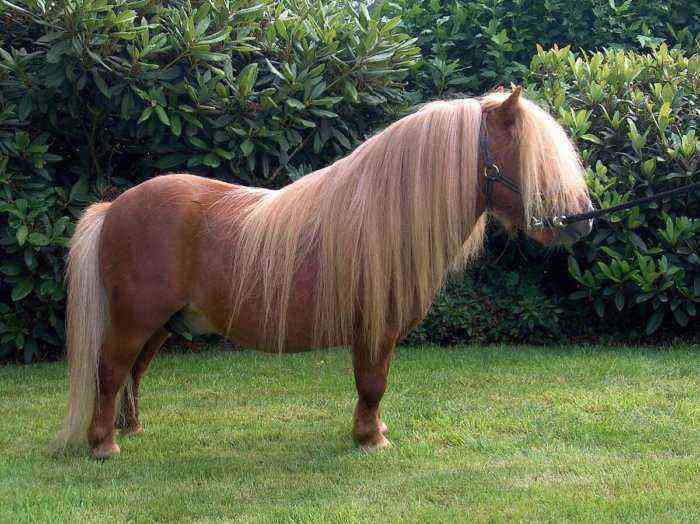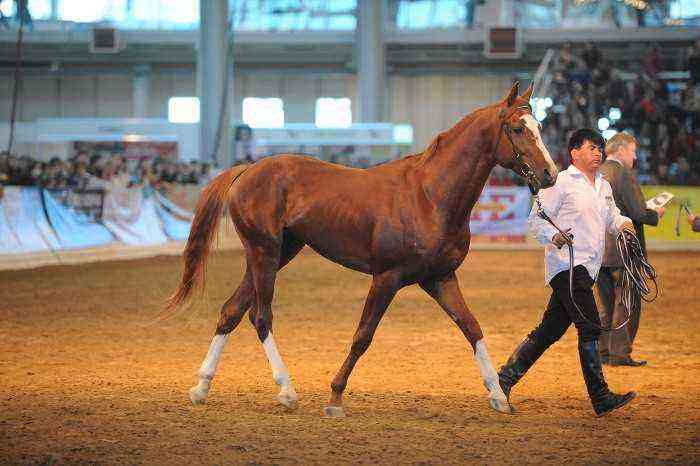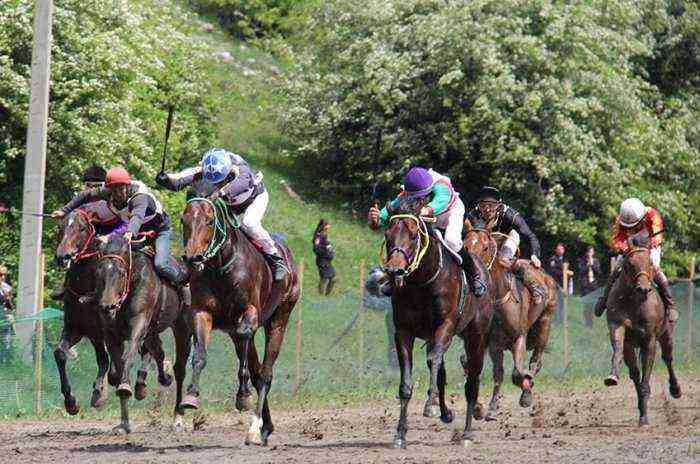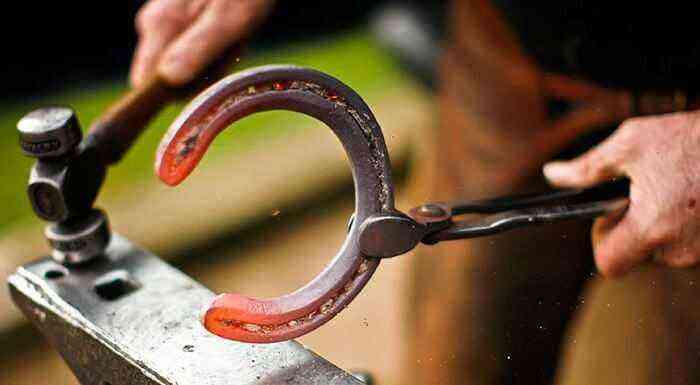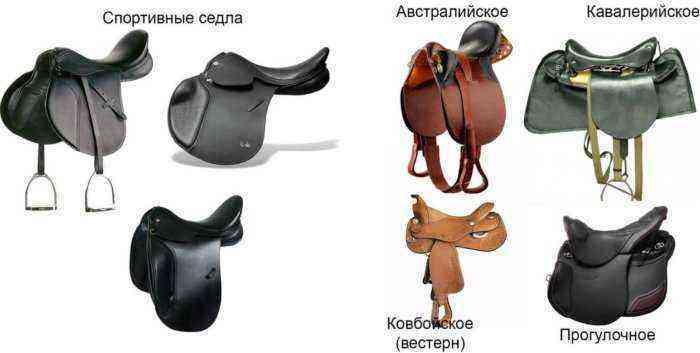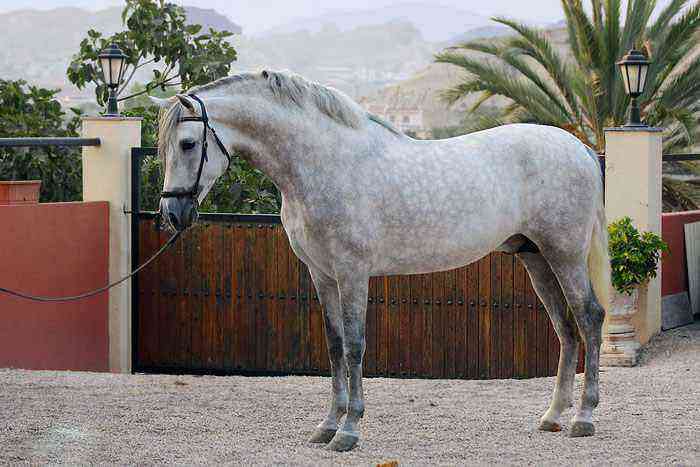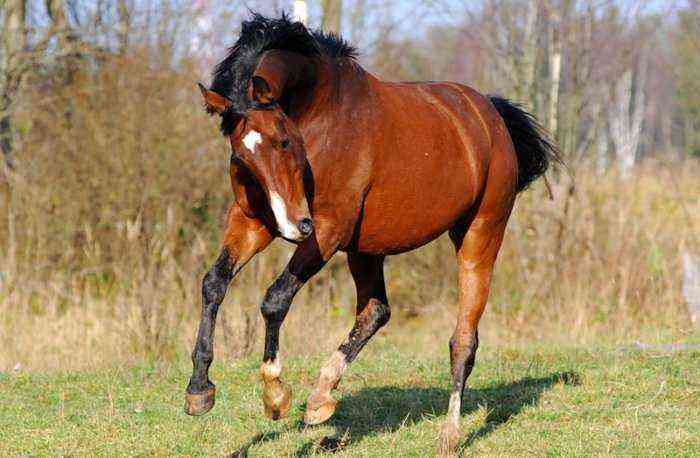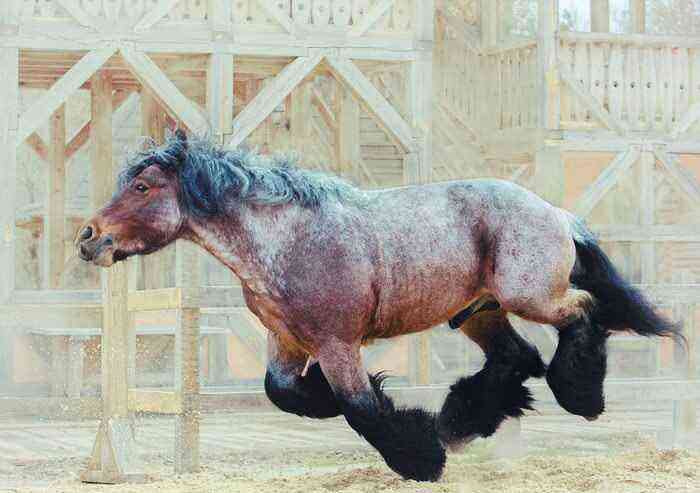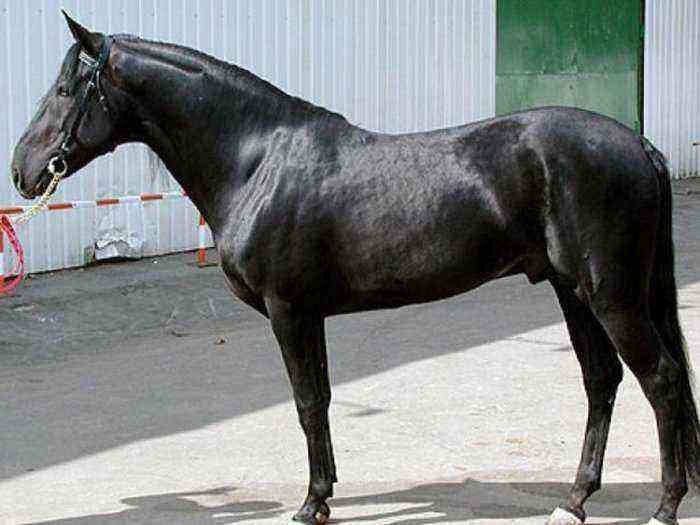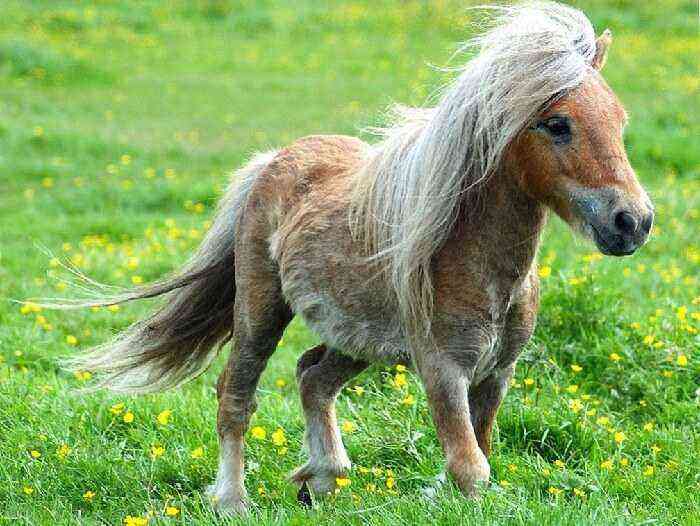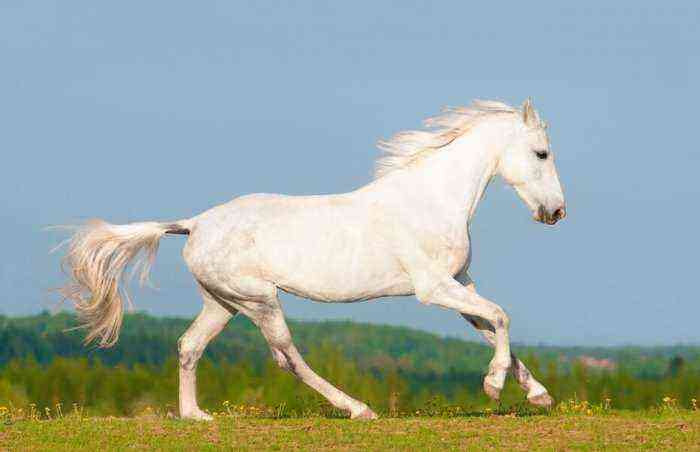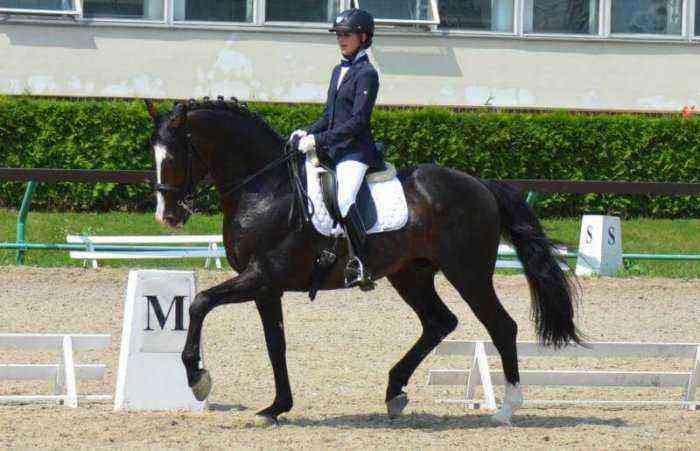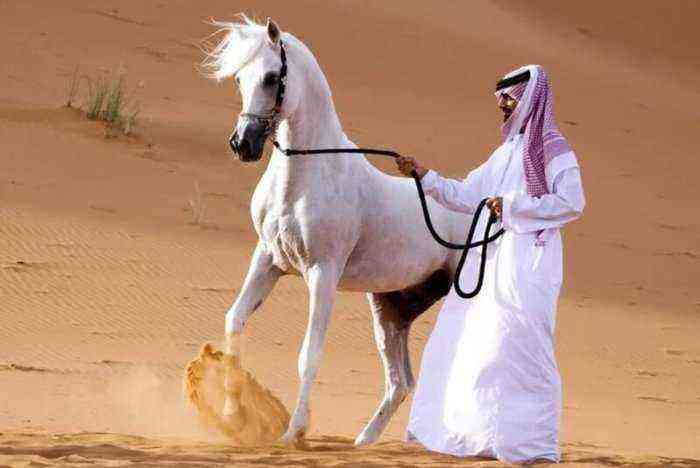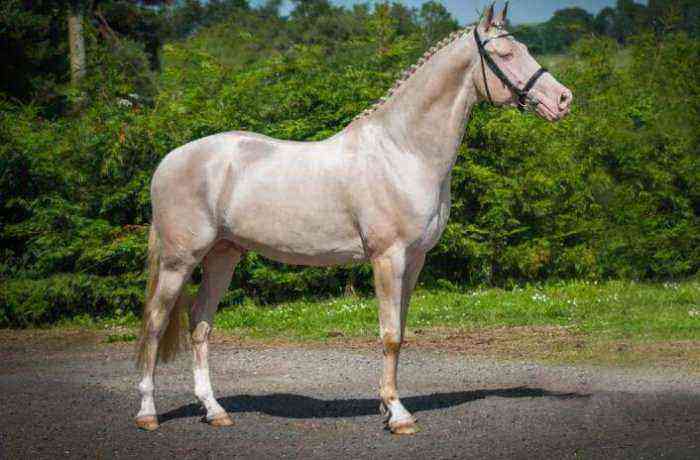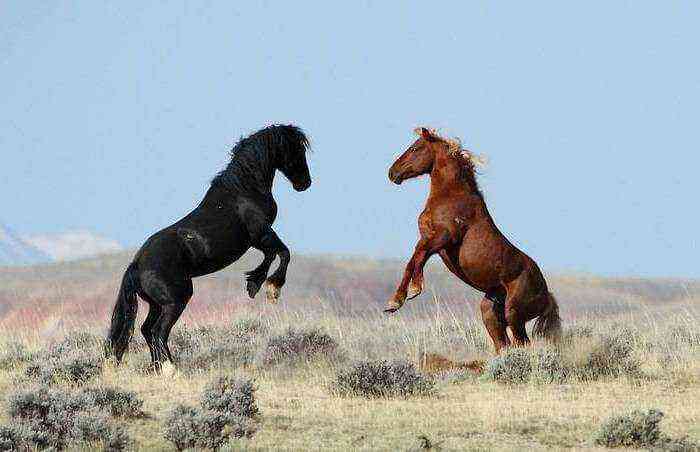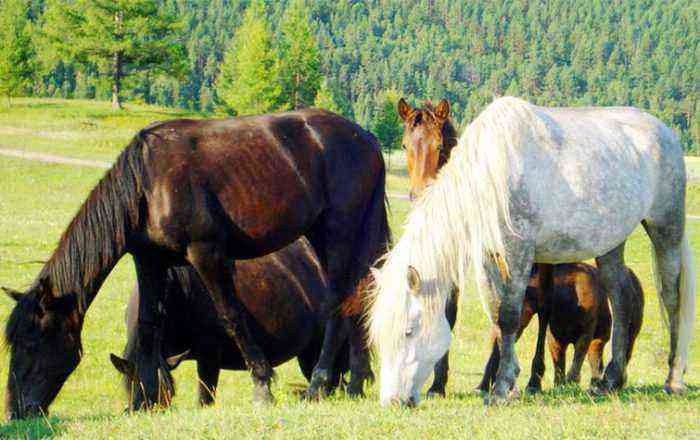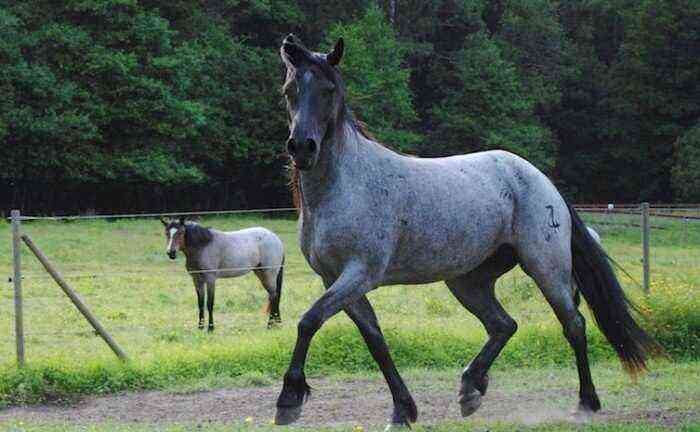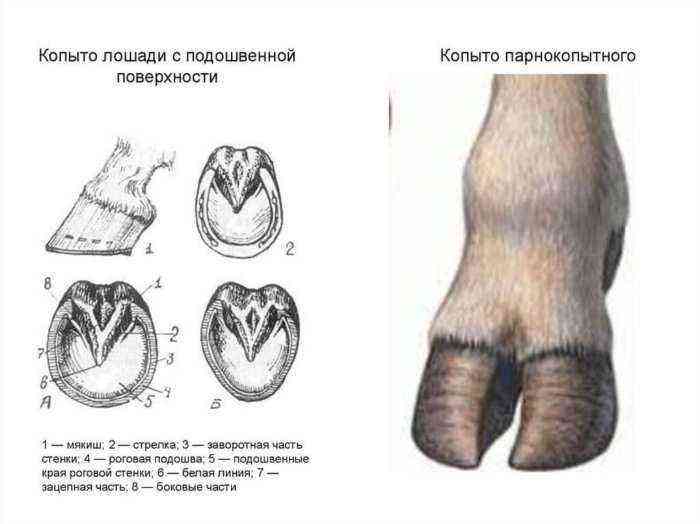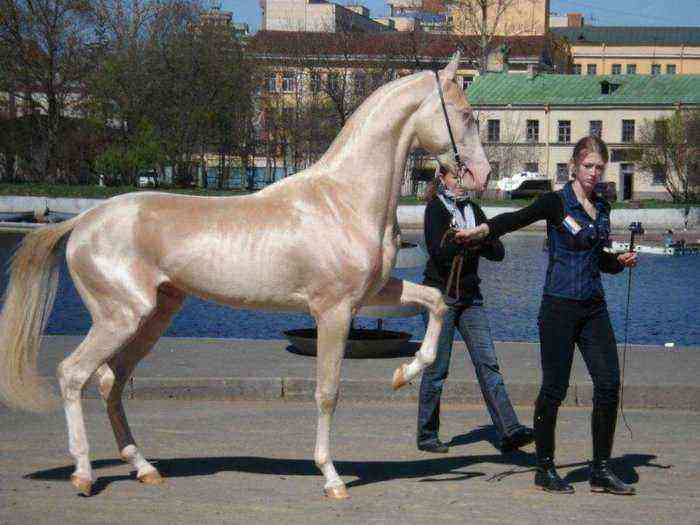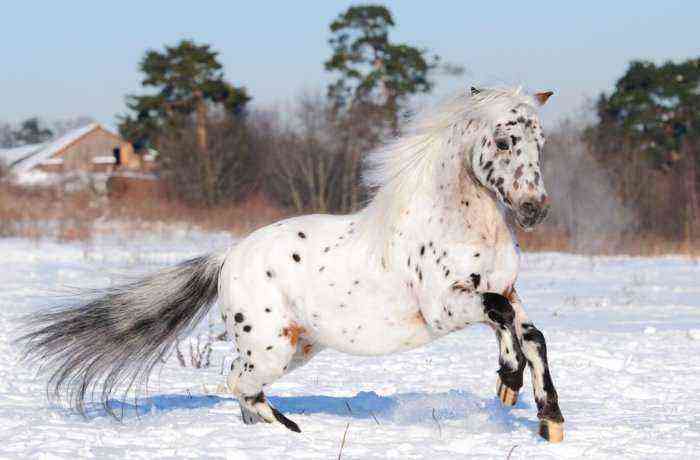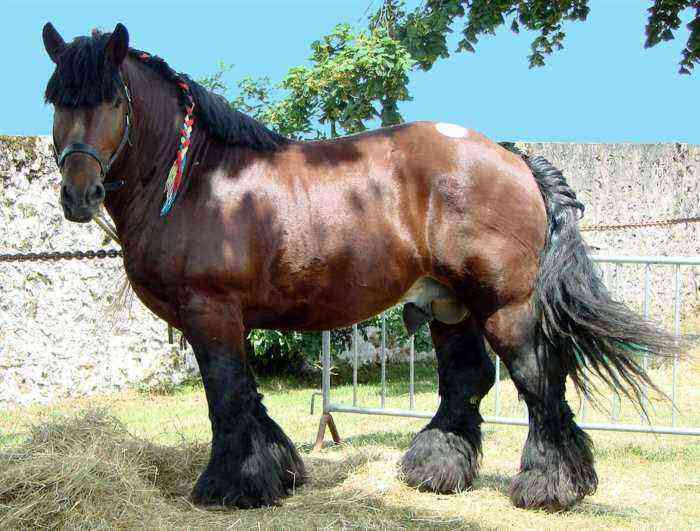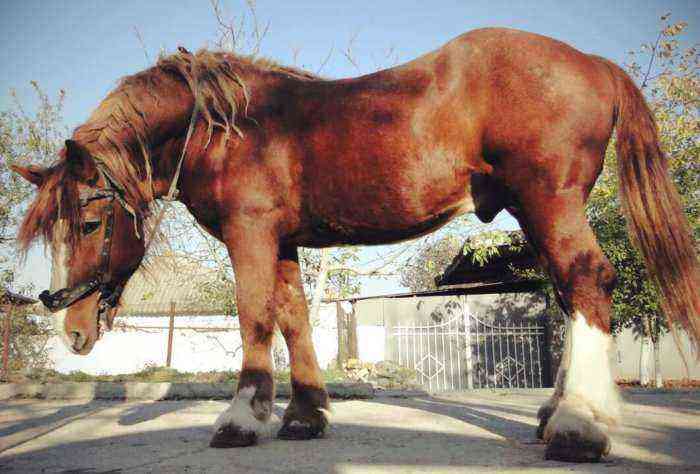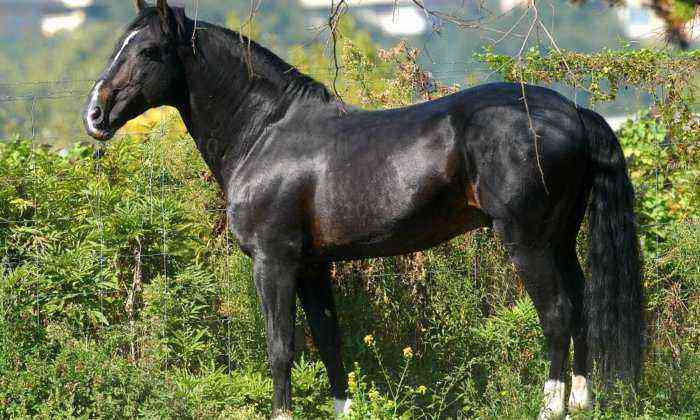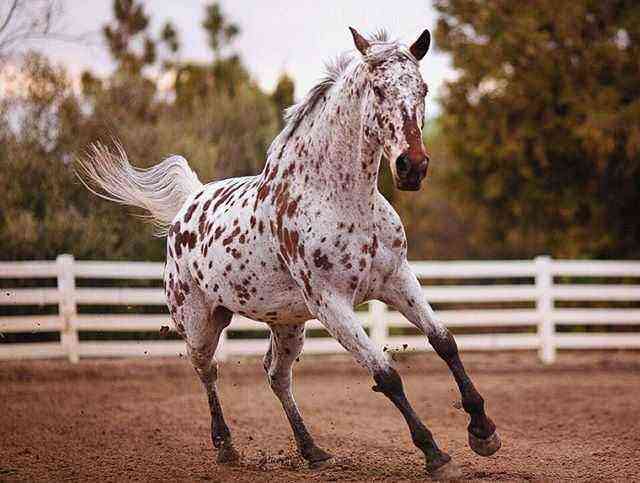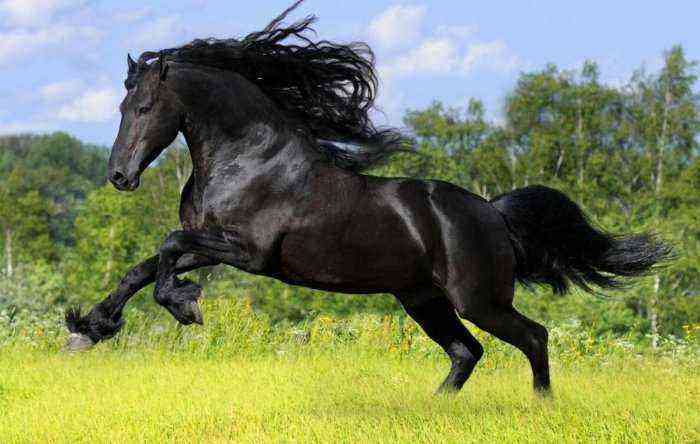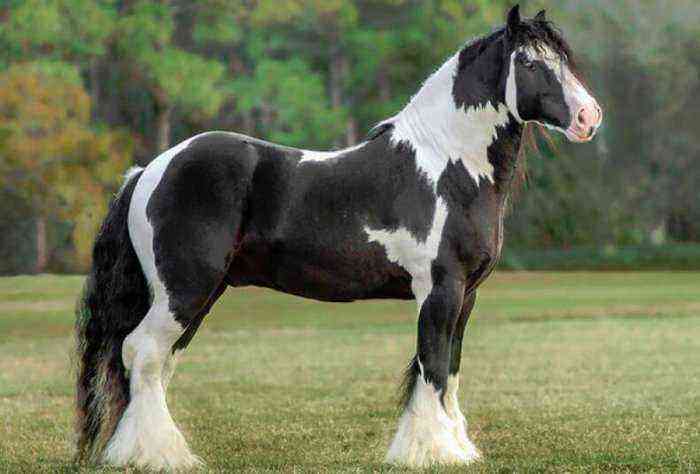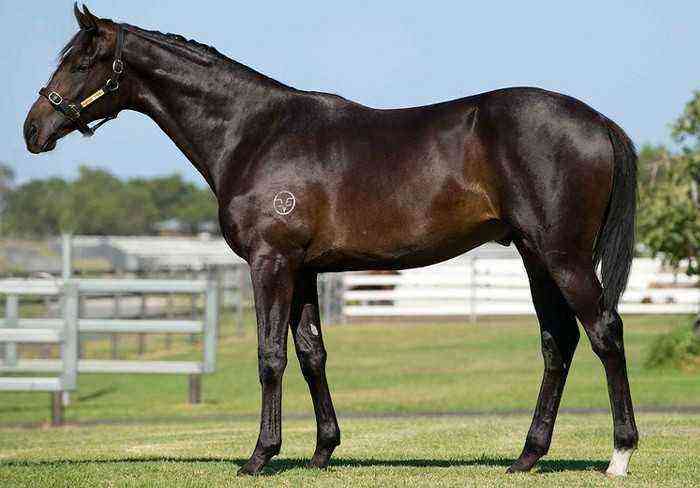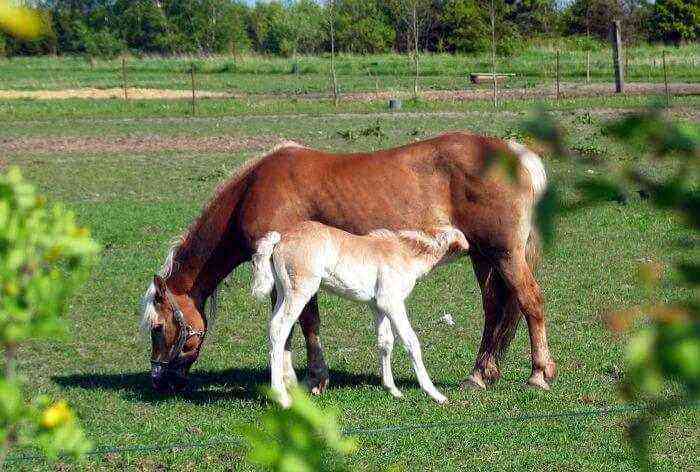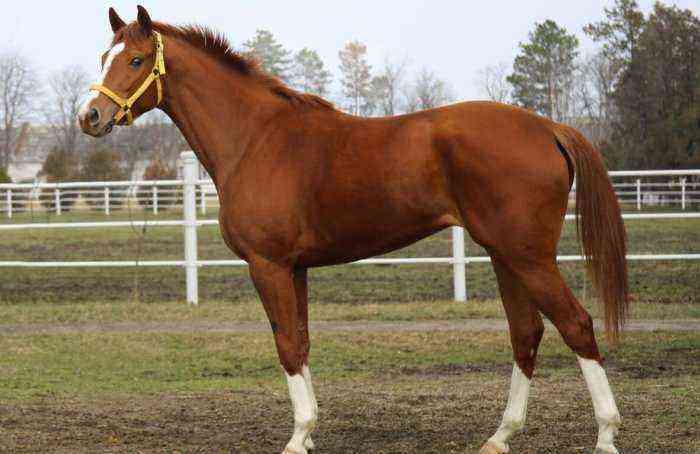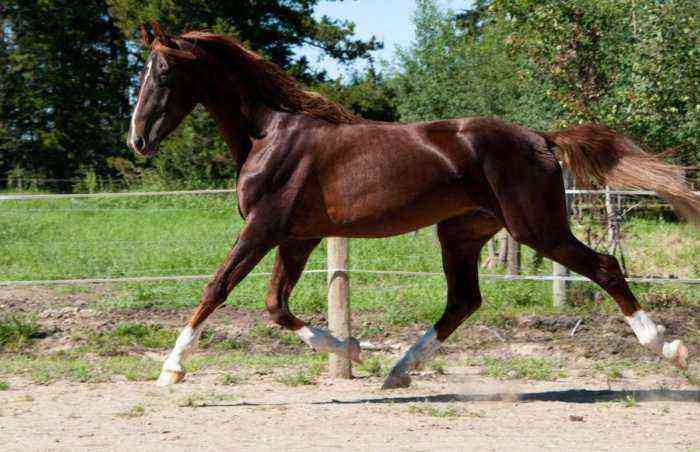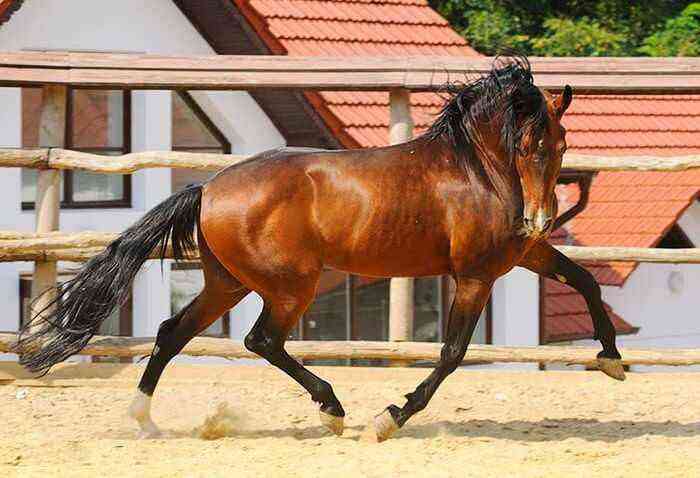The Vyatka horse breed comes from Udmurtia. It is believed that it was formed by the method of folk selection on the basis of local forest and domestic horses. In the 18-19 centuries, representatives of this breed line were actively used in harness as post horses and in agricultural work. Today, these strong and hardy animals are involved in equestrian tourism, in circus art and for hunting.
Vyatka horse
The history of the Vyatka breed of horses
Origin
The Vyatka breed has been formed for centuries, there is no reliable information about its origin. It is known that it was obtained on the basis of local forest horses, which are distinguished by their excellent adaptability to the northern climate. Scientists suggest that the Central Asian aboriginal horses could also influence it.
Attention! A document was found testifying to the decree of Peter the Great, in which he gave the order to bring several dozen horses of the Estonian klepper breed to Udmurtia. With their help, he wanted to improve local horses.
The breed was formed naturally, and local peasants contributed to its development, selecting the strongest and hardiest individuals for breeding. The animals were well adapted to the northern climate, distinguished by strong immunity, endurance, strength and unpretentiousness. Until the appearance of the Oryol trotting breed, these horses were considered the best among draft horses in Russia.
The first wave of the crisis
When Count Orlov created a new trotter breed of horses, the demand for Vyatka horses decreased. At the beginning of the 19th century, local residents of Udmurtia tried to improve the native breed by crossing mares with heavy-duty stallions. By their actions, they achieved only one thing – the breed was on the verge of extinction.
Reference. When in 1890 Emperor Alexander III asked to find a trio of Vyatka horses for him, he had to be disappointed – the horses could not be found.
After 2 years, an expedition was organized to discover the remains of the Vyatka breed of horses. The task was completed – several individuals were found in Udmurtia, but selection work did not resume during this period. After 18 years, scientists again remembered the Vyatka horses. They presented 12 heads at the All-Russian exhibition dedicated to working breeds of horses. Visitors showed interest in the population, but things did not go any further.
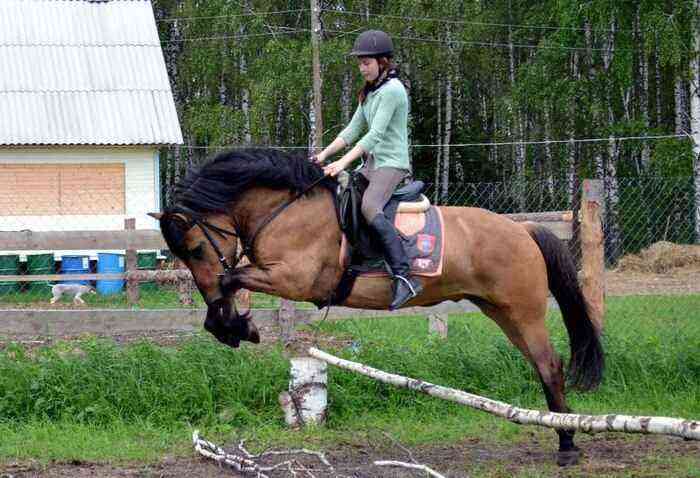
Vyatka horse in equestrian sport
Renaissance period
Work on the revival of the working breed of horses from Udmurtia began only at the end of the 30s of the 20th century, and during the Great Patriotic War, breeding nurseries were organized. During this period, the stud book of the Vyatka breed was created and its standard was approved. The livestock gradually increased, so that by the middle of the 20th century, breeders had more than a thousand heads of Vyatka horses at their disposal.
The second wave of the crisis
In the middle of the 20th century, mechanization was actively developing, which affected most working breeds of horses, the Vyatka is no exception. Breeding nurseries stopped their work, and the animals were sent for slaughter.
In the 70s, the situation escalated to the limit – there were almost no Vyatka and other native horses left. Then, during one expedition, scientists discovered several representatives of the Vyatka breed. Despite this, the authorities have not expressed willingness to help restore the population. Then breeders from Udmurtia came to the rescue. By organizing several breeding farms, they were able to revive the population.
Description of the Vyatka horse
The breed was formed in the north of Russia, where the climate is quite severe. Cold and long winters and short wet summers with an abundance of midges – such conditions made the horses unpretentious, hardy and disease resistant. During the stall period, horses are content with roughage – hay and straw.
Attention! Receiving a complete diet, including concentrates, Vyatka horses quickly gain weight.
Exterior
Workhorses of northern origin are not tall, their height reaches 1,5 m, and their forest ancestors were even lower. Consider the external characteristics of animals:
- beaten physique;
- an elongated massive body and short withers are clear signs of draft horses;
- a small neat head with a wide frontal bone and a well-developed lower jaw;
- straight or slightly concave profile;
- the neck is short, wide, powerful;
- back line is straight;
- the croup is located low, has a rounded shape;
- the chest is wide and deep;
- limbs are strong, short;
- the coat is thick, dense, the mane and tail are lush, there is a bang;
- suits – mouse, buckskin, red, brown and bay.
Attention! The Vyatka horse is characterized by the presence of a dark stripe on the back, which stretches along the spine. Most specimens also show blackouts on the lower legs as well as on the shoulder blades. Horses inherited such features from wild ancestors.
Character and dignity
Like most working breeds of horses, the Vyatka shows goodwill and humility. She is not characterized by aggression and tempers. Vyatka has a high working capacity and endurance.

Vyatka has a high working capacity and endurance
The advantages of an aboriginal breed line include:
- adaptability to difficult climate;
- unpretentiousness;
- undemanding to the quality of feed;
- resistance to colds;
- fertility;
- energy.
Modern use
In Udmurtia, vyatok is still used as a helper in the field. Their strength is needed where it is inconvenient to use the technique, for example, in a wooded area. They move easily through deep snow and bumps. These horses participate in various competitions, demonstrating their best qualities.
Vyatka horses are used to teach children to ride, because they are friendly and unhurried. Some breed them for meat. Horse meat has always been highly valued in the northern regions of Russia.
The main part of the breeding stock today is concentrated in the Kirov region, but Vyatka is also bred in the Moscow, Kaluga and Tver regions of Russia. These horses have won many fans, and thanks to selfless people, nothing threatens them now.
